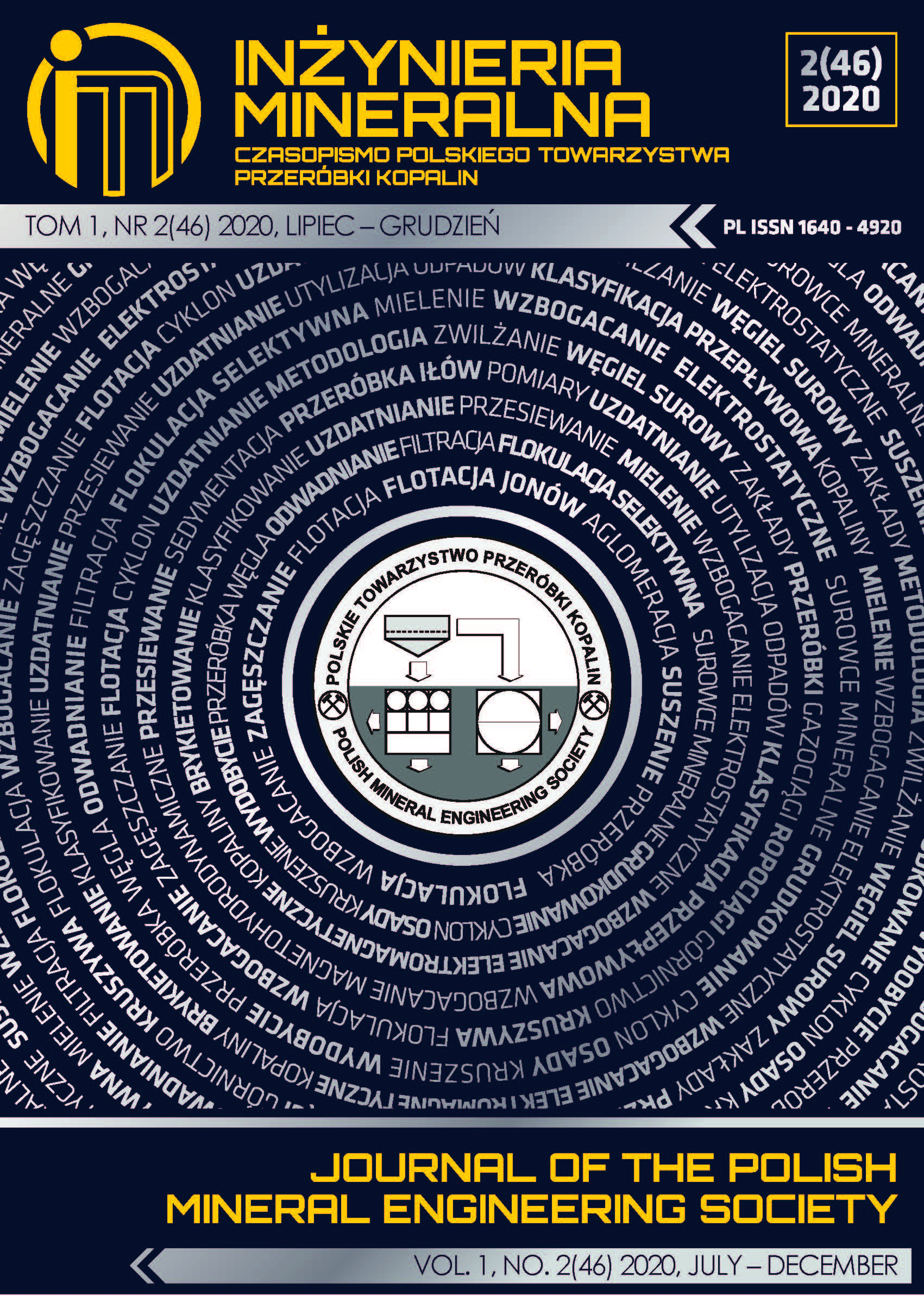Experimental and Mesoscopic Lattice Numerical Investigation of Increase of Chloride Diffusivity Coefficient during Uniaxial Loading Model
Abstract
This paper presents experimental and simulation results of the change in the chloride diffusion coefficient of concrete C40 (f’c=40 MPa) during axial loading. Test Method for Electrical Indication was used to measure the chloride diffusivity of the concrete sample during the axial loading. A mesoscopic lattice model is proposed to describe the variation of chloride diffusion coefficient versus damage variable. In such a model, the domain of material is discretized randomly by using Voronoi tessellation for the transport element and Delaunay triangulation for a mechanical element. At the mesoscale, the concrete is constituted by three phases: aggregate, cement paste and ITZ, in which aggregate is assumed to be elastic while cement matrix and ITZ are represented by a damage model with softening. The experimental and numerical results show that in the first stage, without crack (s < 40%smax), the chloride diffusion coefficient remains almost constant, however in the crack initiation and propagation stage (s = 60-80%smax) chloride diffusion coefficient increases significantly. An empirical power model is also proposed to describe the increase of the chloride diffusion coefficient versus stress level and damage variable.
This journal permits and encourages authors to post items submitted to the journal on personal websites or institutional repositories both prior to and after publication, while providing bibliographic details that credit, if applicable, its publication in this journal.







.png)
